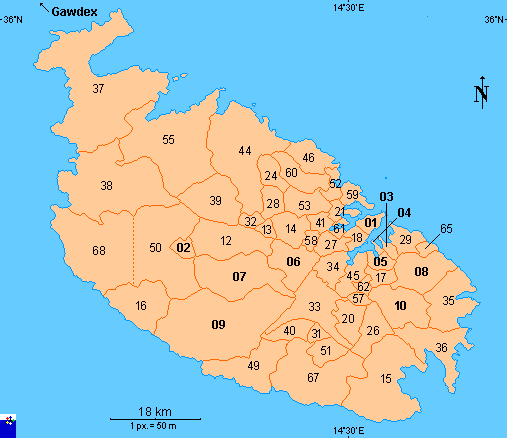20th January 1998
During the nineteenth century, the advent of Christianity and westernisation brought many changes to the traditional way of life. The acceptance of the new religion and order meant an end to warfare, and new technologies and their prducts rendered obsolete, or nearly so, many traditional skills such as pottery and barkcloth manufacture, victims of the ready availibility of iron pots from Birmingham and printed cloth from Manchester.
For Fijian men, the most common article of clothing was the malo or masi, a strip of plain white barkcloth wound around the waist and between the legs, with the length of the train being a measure of chiefly status. Fijian barkcloth is made by women by soaking and then pounding the inner bark of the paper mulberry tree (Broussenetia papyrifera).
For women, the typical everyday dress consisted of a skirt (liku) of vegetable fibre, most commonly the bast of the vau (beach hibiscus, Hibiscus tiliaceus).
Both sexes often supplemented their dress with various ornaments, such as qato (bracelets), vesa (armbands and legbands) and itaube (necklaces).
Traditional modes of dress are no longer seen in everyday use, but survive in modified form in men's dress for meke (dances) and important ceremonies such as kau matanigone (formally presenting a child to his or her mother's people) and veibuli (installation of a chief).
This set of stamps commemorates the splendour of the elaborate traditional Fijian dress as worn by chiefs around the middle of the nineteenth century.
81 cents - A chief in war dress
This chief wears a turban (ivauvau) of very fine white barkcloth and a necklace of carved ivory (wasekaseka), with a sash (iwabale) of white barkcloth over his right shoulder. The waistband of his loincloth is wound high up, around the lower ribs, as a signal of challenge. His kilt is made of the shiny black fibrous roots of the waloa. Around his upper arms and calves he wears ornaments (vesa) of bundles of black threads with small white beads. He is armed with a distinctively-shaped culacula club, which is also an insignia of rank. Note that the last joint of the little finger of his right hand is missing, having been cut off as a gesture of mourning on the death of a senior relative or chief.
87 cents - A chief in formal dress
This chief wears the Tongan-influenced dress that was in vogue in parts of coastal Eastern Fiji, where Tongan influence was strongest in the mid-nineteenth century. It was commonly worn by Cakobau, the leading chief of Eastern Fiji, after his conversion to Christianity. The main component is a single large sheet of gatu ni Toga (Tongan barkcloth) extending from the waist to the ankles, with plain white barkcloth folded or twisted and wound around the waist to help hold it in position. A hair-styling pin (iqeu) of balabala (tree fern) wood protrudes at the left temple. The chief's rank is confirmed by the necklace of a single bulikula (the rare golden cowry, Cypraea aurantium).
$1.12 - A chief in presentation dress
The "costume" worn by this chief of Nadrau, in the central highlands of Viti Levu, is in a fact a large quantity of plain white barkcloth which he wears only temporarily as a means of formally presenting it at a solevu (ceremonial exchange of valuable property). After the formal presentation in front of the assemled recipients, the cloth is untied and unwound and handed over to them. The chief's earlobe is pierced, as used to be the case with all Fijian men, and plugged with an ivory cylinder (sau). He also wears on his arms a pair of white qato (shell armbands). He is missing two joints from the little finger of his left hand, amputated as a sign of mourning.
$2 - A highland chief in war dress
This chief is from Nasaucoko, in the central highlands of Viti Levu. His chiefly standing is confirmed by the long train of white barkcloth with fringed edges, originating from a large bow at the small of his back, and also the relatively long "apron" of barkcloth sat the front. The blackening of part of his face and forehead, as well as the wearing of a belt of barkcloth high up, around the lower ribs, indicate that he is about to enter battle. The club he carries is a vunikau (rootstock club), the head of which is part of the root system of the plant from which the club was fashioned. He also wears a batinivuaka (boar's tusk pendant) around the neck, a pair of qato (shell armbands) just above the elbow, and vesa (legbands) of fern leaves just below the knees. Both his little fingers have been amputated in the traditional Fijian expression of mourning.
Technical Details:
Title: Traditional Fijian Chief's Costumes
Values: 81c, 87c, $1.12, $2
Designer: Mr. Muni Deo Raj
Printer: The House of Questa Ltd
Process: Lithography
Stamp Size: 28.45 x 42.58 mm
Stamp Format: Potrait
Gauge: Approx 14 per 2 cm
Paper: CA Watermarked








































